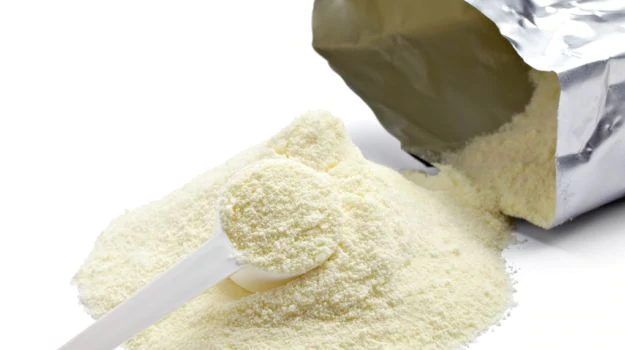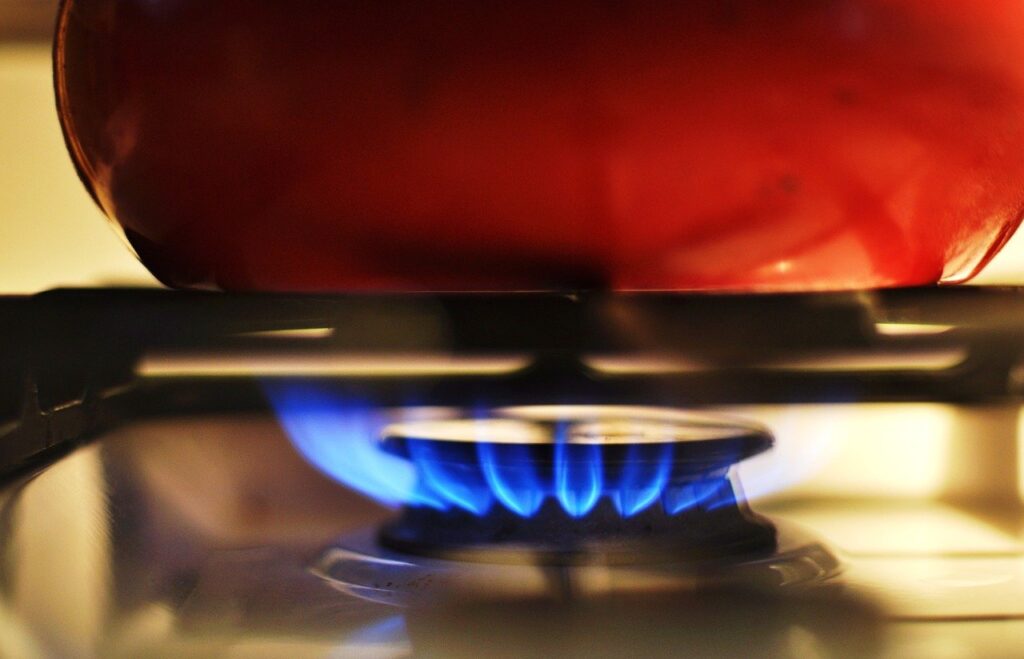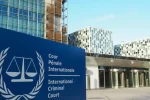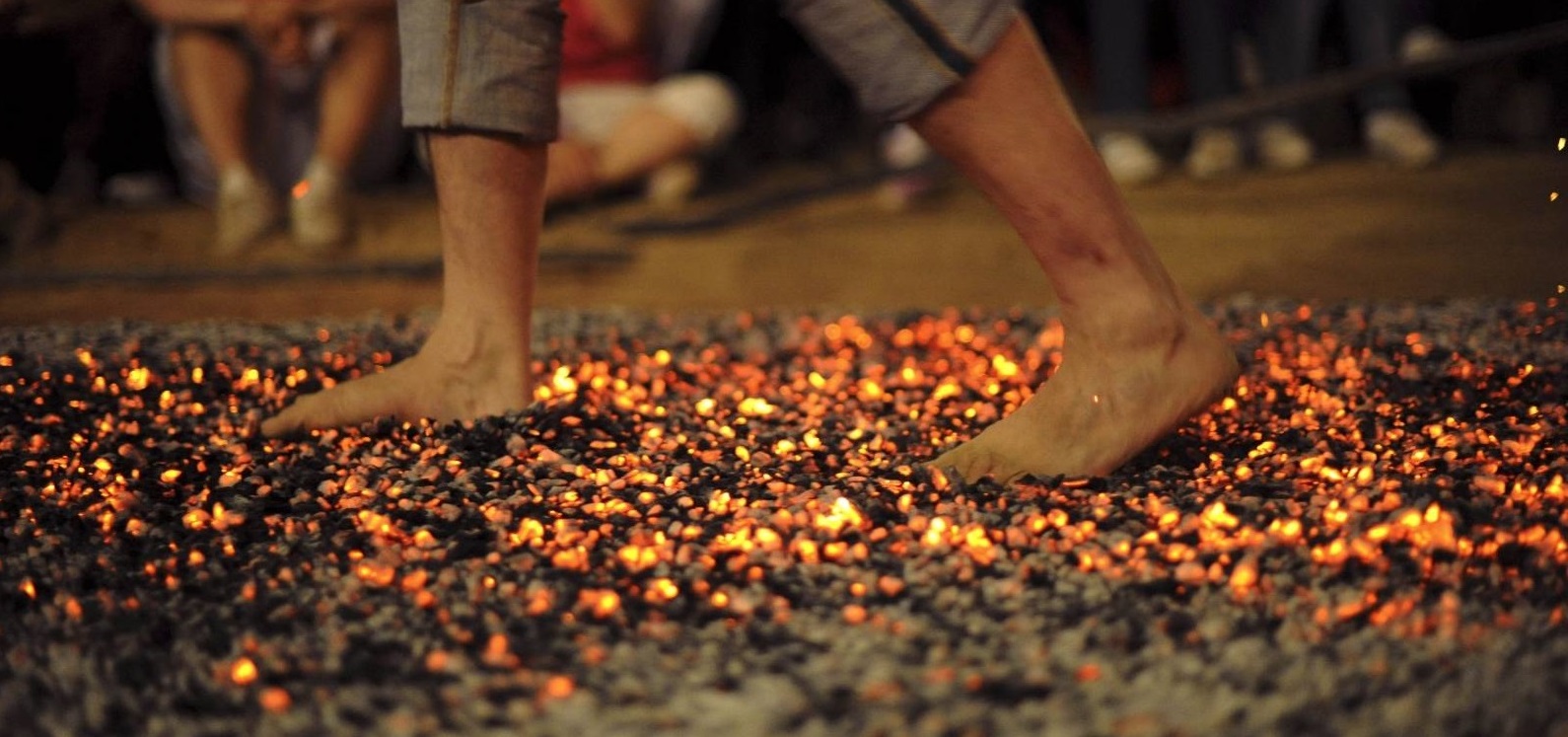NO MILK NO GAS; OUR ECONOMY IN NUDITY

Resilience to nowhere?
In the immediate aftermath of World War 2 in 1945, there was a wide spread food shortage across the world. This crisis was said to have persisted for a number of years but it has changed the dimensions of world’s economy in ensued years. Fortunately, this global food shortage had no impact on Sri Lanka, then Ceylon which was one of the most economically resilient countries in the world back in years. Sri Lankan own food culture and life style which were always considered an underlying strength in our economy would have inadvertently helped survive this watershed. Our own economic pundits of yesteryear and even now proudly proclaimed that nobody would die in Sri Lanka out of starvation. But, now the times have changed with contemporary Sri Lanka consistently towing market economic policies since late seventies. As a result, our manufacturing element of Sri Lanka fell apart gradually. In fact, we are at a risk, looking at what unravels in economic front of the country. The current shortages resemble this very scenario of the past following the World War II and our economic resilience.
New economic challenge
Today, Sri Lanka is grappled with a new economic challenge in the backdrop of raging Covid-19 pandemic, fast shrinking foreign reserves, drastic Rupee depreciation and foreign debt trap. These macro-economic issues seem to be seeping into the very life style of every Sri Lankan as they started feeling the brunt of the situation at micro economic level now. Current LPG Gas and milk powder shortages glimpse the grave macro-economic crisis which the country is facing at this juncture. In this view, the negative economic issues would be rather contagious and set to worsen in time to come. No doubt that the Sri Lankan government would have obviously been at the receiving end as far as its crumbling economy is concerned. The government’s stubborn refusal not to go for a country wide lock down once again despite severe pressure from civil society, would have been a strong reason behind this negative economic scenario. Therefore, it is important to look at the recurrent shortage of LPG Gas and powdered milk from a wider perspective beyond a narrow minded confinement.

LPG Gas crisis
Since adoption of capitalist system way back in 1978, many things have changed in Sri Lanka. It changed the quintessence of local home economics drastically as the Sri Lankans gradually converted to using LPG Gas over firewood. Today, LPG Gas is the most favored source of energy at Sri Lankan homes. Over the years, the price of a domestic gas cylinder has been a shadow indicator of any government’s distinct skill to manage the economy, without burdening the general public. So, it has evolved to be such an essential commodity on demand in Sri Lanka. In Sri Lanka, LPG Gas market is a duopoly with state owned Litro Gas and privately enterprise Laugfs Gas sharing a market share of 70 % and 30 % respectively. The prices of LPG Gas is regulated by the government and the last time, the prices were thus determined in July 2019. Then, world market price of metric ton of LPG Gas was US$ 658 and US$ exchange rate was LKR 178/-. Today, the exchange rate has skyrocketed to almost LKR 207 per 1 US$. For well over a year, especially Laugfs Gas has been strongly lobbying for a price hike, citing losses in the business.
Government’s reaction
In the heat of this situation, the government appointed a cabinet sub-committee to look into the crisis which after a few sittings, rejected the call for a price increase at that hour. As no solution was forthcoming, in a surprise move, Laugfs Gas Company abruptly stopped the production and distribution, leaving a plethora of customers in limbo. Now, Laugfs Gas is virtually out of business creating a 2.9 million shortage of cylinders. Meanwhile, the Chairman of Litro Gas, Theshara Jayasinghe made a generous offer to fill Litro Gas to any cylinder irrespective of the color. However, Mr. W.K.H Wegapitiya, Chairman of Laugfs Gas decried his claim citing legal impediments and openly absolved the company from any responsibility in case of gas related accidents occurring from Laugfs Gas cylinders filled by Litro. A standard Litro gas cylinder is sold at LKR 5450/- in the market while the black market price fetches much more than that. Laugfs Gas hinted at resuming the operations if the sought price hike is met with government’s approval. In the wake of this ongoing trade battle, the people of the country suffer untold difficulties, especially at a time of this raging pandemic. Today, long queues with gas cylinders are a common sight in the country everywhere.
Crying over spilt milk
Sri Lanka is one of the few countries in the world which depends on powdered milk for daily consumption rather than fresh milk. There are a number of popular brand names in the Sri Lankan market with two Sri Lankan brands Highland and Pelawatte securing a niche. Although two companies Highland and Pelawatte claim that they have 40 % market share, Sri Lanka is facing a severe shortage of powdered milk. Sri Lankans consume 6500 metric tons of powdered milk per month. In fact, powdered milk is almost considered a staple food in the life of Sri Lankans. Except two Sri Lankan companies, all other firms which deal in powdered milk are importers. In the world market, 1 Kg of powdered milk is between US$ 3-4. With the depreciation of Rupee, dairy products manufacturers and exporters lament that they incur a loss of LKR 275/- per 1 Kg of powdered milk even though LKR 175 tax component was abolished by the government. Therefore, they demand an increase of LKR 200/- per Kg. As a result, import of powdered milk is at a standstill at present. There has been a trend since of late for local consumers to turn to Sri Lankan dairy products as the quality is assured in their product range. In 2013, Fonterra Company almost called for closure of its plant in Kaduwela amidst public protests which was triggered after it was reported in the media that their products were contaminated with Dicyandiamide (DCD). In general, the people are under a common impression that imported powdered milk is not good for consumption. This would have been one reason why locals began to rely more on local products.
Problems narrow down to one factor
The Government upon assuming office, restricted import of vehicles, electronic items, luxury goods and even some food commodities such as Saffron as a measure to save dwindling dollar reserves. With back to back lockdowns last year and this year, the nation’s economic outlook seems perilous and precarious at this very moment than ever before. Local importers find it extreme difficult to open letters of credit (LCs) through any bank due to the dearth of US Dollars. Therefore, the some economic analysts believe that this situation is an economic maneuver manipulated by the government to save the last bit of foreign reserves. This notion cannot be ruled out either. Therefore, it is a sacrifice made by the people of Sri Lanka, without their knowledge to salvage country’s ailing economy. There is a likelihood that there will be more shortages in the pipeline if the government doesn’t become extreme prudent in economic management.







